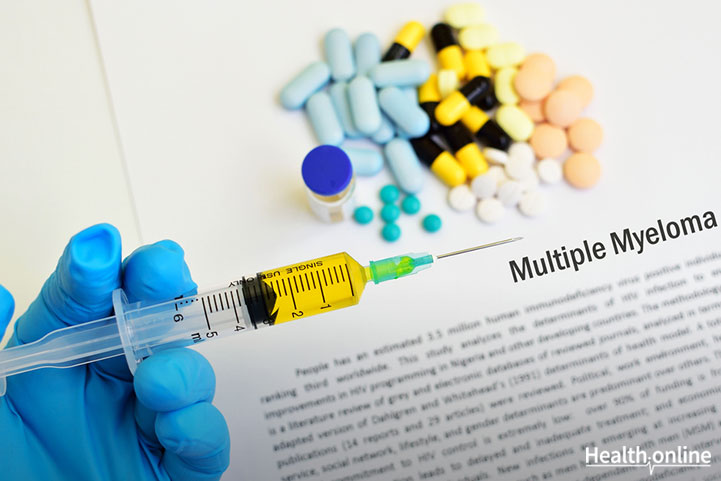
Treating Multiple Myeloma
Treatment For Multiple Myeloma
Multiple myeloma is a form of cancer in the bone marrow, mainly manifested by the rapid and uncontrollable multiplication of its cells. The following are the suggested treatments with Multiple Myeloma
Chemotherapy
The standard treatment for multiple myeloma is the use of alkylating agent, such as melphalan, cyclophosphamide, or chlorambucil and prednisone. The chosen alkylating agent and prednisone are administered for 4 to 7 days every 4 to 6 weeks for 1 to 2 years. Although the alkylating agents mentioned in the preceding have almost the same efficacy, if your disease develops resistance to one, it becomes resistant to all the others.
The usual doses are as follows: melphalan, 8 mg/m2 of body surface area per day; cyclophosphamide, 200 mg/m2 per day; chlorambucil, 8 mg/m2 per day; prednisone, 25 to 60 mg/m2 per day. Since the alkylating agents have almost the same efficacy, most physicians choose to use cyclophosphamide because it has the least side effects.
In general, the chemotherapy being used could be considered effective if there is significant reduction in bone pain, hypercalcemia, and anemia. Reduction in the concentration of serum M takes time before it could be realized. It will take 4 to 6 weeks before it falls.
Symptomatic supportive care
To treat hypercalcemia, corticosteroid needs to be administered, together with hydration and natriuresis (elimination of sodium through the urine). To strengthen the effect of corticosteroid, calcitonin may be added. To avoid urate nephropathy, allopurinol could be administered. To facilitate the elimination of calcium, adequate intake of fluid should be encouraged and enforced. Urinary tract infections are very common among patients with this disease. Thus, this should be watched for and treated with dispatch.




